Hewlett-Packard Co.’s (HP) acquisition of Palm Inc. became official on July 1. The $1.2 billion deal was announced on April 28 and HP has now confirmed that Palm’s WebOS smartphone will continue to be developed for mobile devices as well as upcoming tablets and netbooks.
“Palm will be responsible for WebOS software development and WebOS-based hardware products, from a robust smartphone roadmap to future slate PCs and netbooks,” an HP statement said.
Once upon a time, Palm was at the frontier of hand-held computing devices with its Palm Pilot PDA and the Treo series of smartphones. However, once Apple entered the market with its iPhone, and BlackBerry, as well as Google Android products entered the fray, it was the start of the end for Palm.
HP technically owns Palm’s intellectual property now, including its WebOS. Given the integration of its windows 7-based system, the HP tablet may be more attractive to consumers than the current Apple iPad. The Cupertino, California-based Apple has been known for its limited-access approach to building technology, whereby users are locked to a system that is exclusive to its Apple-branded devices and Apple-sanctioned software.
Todd Bradley, executive vice president of HP’s personal systems group, said that HP will deliver to its customers “a unique and compelling experience across smartphones and other mobility products.”
Jon Rubinstein, former Palm chairman and CEO, will report to Bradley. Rubinstein, who was against the sale at first, has now pledged his endorsement of HP’s directive and he is confident that WebOS will be able to reach its full potential.
Some recent high profile staff departures from the Palm WebOS team have made an impact on Apple and Google—some of the world’s best UI designers (User interface design or user interface engineering is the design of computer and other related products that consumers can see).
For instance, Matias Duarte, the lead designer of WebOS referred to as the “design guru” at Palm, is one of the most highly regarded mobile interface designers in the industry today. Duarte, along with his team, departed Palm/HP for Google’s Android team in May.
“Palm will be responsible for WebOS software development and WebOS-based hardware products, from a robust smartphone roadmap to future slate PCs and netbooks,” an HP statement said.
Once upon a time, Palm was at the frontier of hand-held computing devices with its Palm Pilot PDA and the Treo series of smartphones. However, once Apple entered the market with its iPhone, and BlackBerry, as well as Google Android products entered the fray, it was the start of the end for Palm.
HP technically owns Palm’s intellectual property now, including its WebOS. Given the integration of its windows 7-based system, the HP tablet may be more attractive to consumers than the current Apple iPad. The Cupertino, California-based Apple has been known for its limited-access approach to building technology, whereby users are locked to a system that is exclusive to its Apple-branded devices and Apple-sanctioned software.
Todd Bradley, executive vice president of HP’s personal systems group, said that HP will deliver to its customers “a unique and compelling experience across smartphones and other mobility products.”
Jon Rubinstein, former Palm chairman and CEO, will report to Bradley. Rubinstein, who was against the sale at first, has now pledged his endorsement of HP’s directive and he is confident that WebOS will be able to reach its full potential.
Some recent high profile staff departures from the Palm WebOS team have made an impact on Apple and Google—some of the world’s best UI designers (User interface design or user interface engineering is the design of computer and other related products that consumers can see).
For instance, Matias Duarte, the lead designer of WebOS referred to as the “design guru” at Palm, is one of the most highly regarded mobile interface designers in the industry today. Duarte, along with his team, departed Palm/HP for Google’s Android team in May.
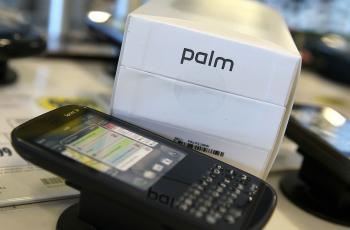
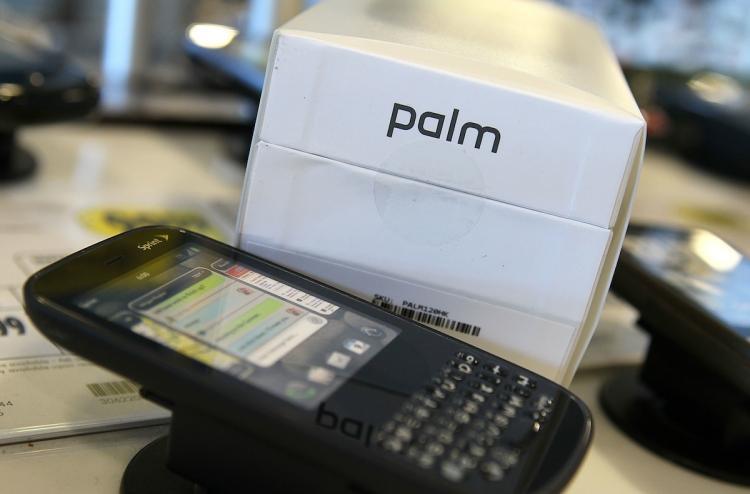
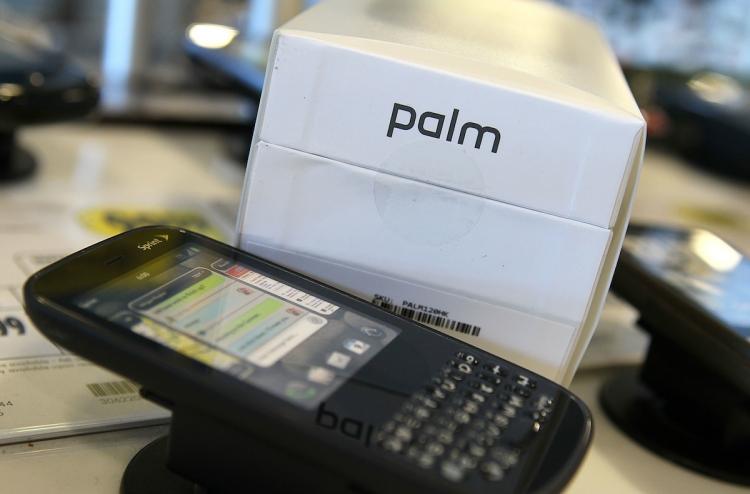

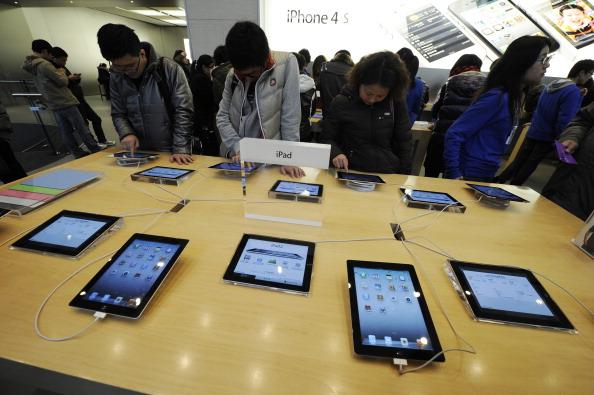
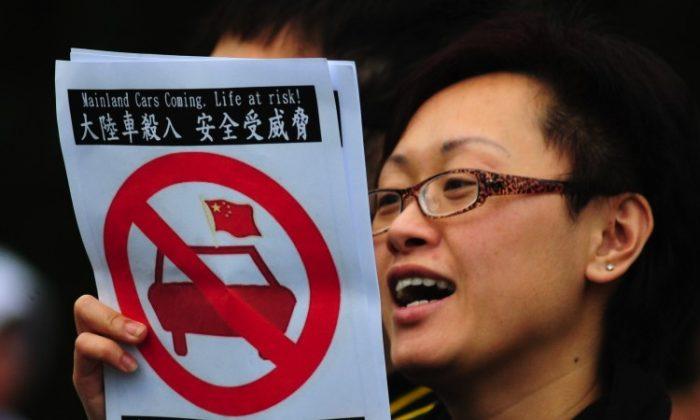
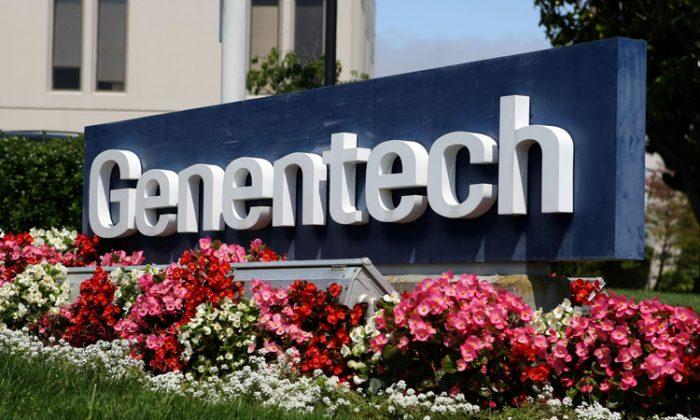
Friends Read Free